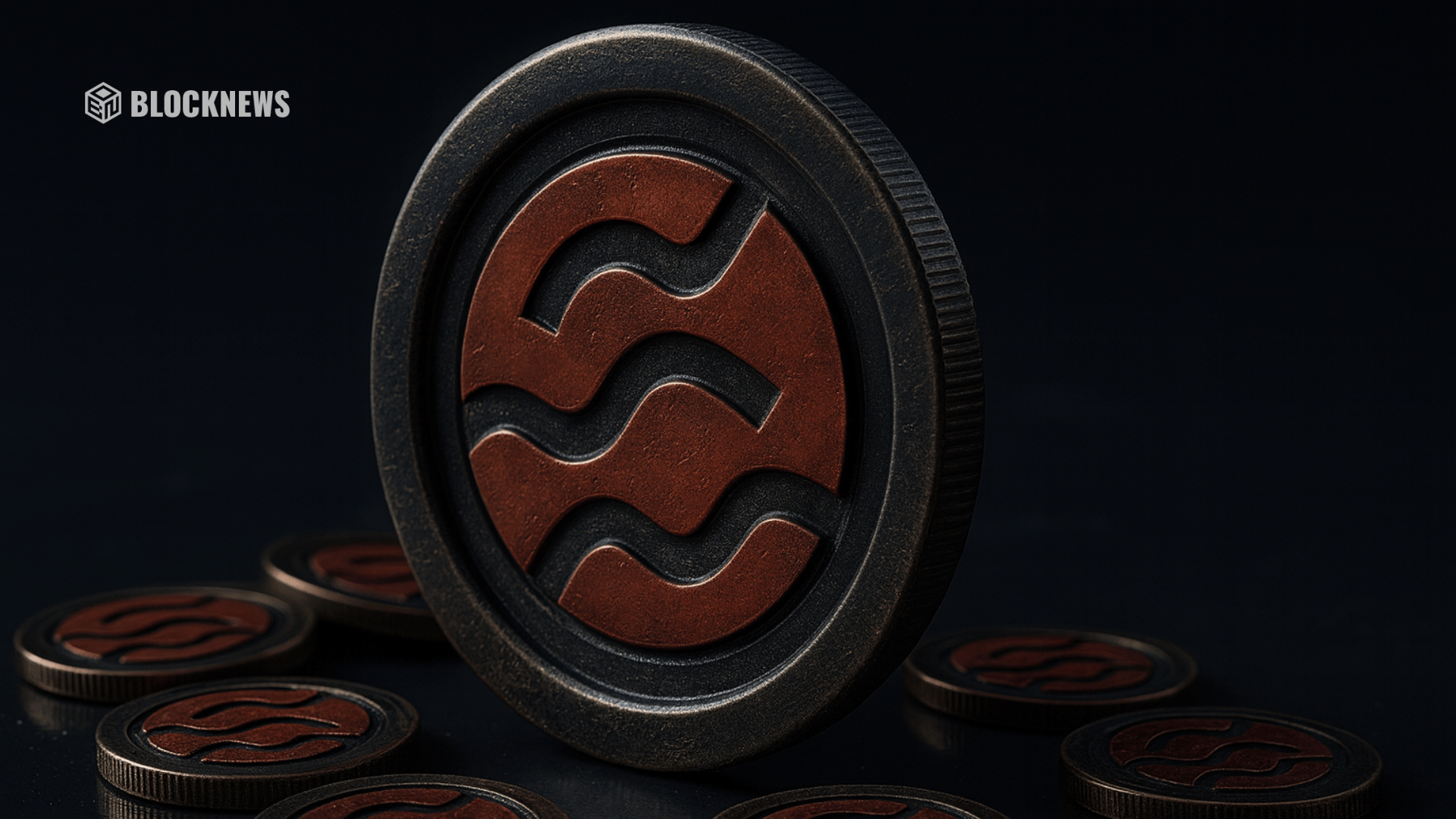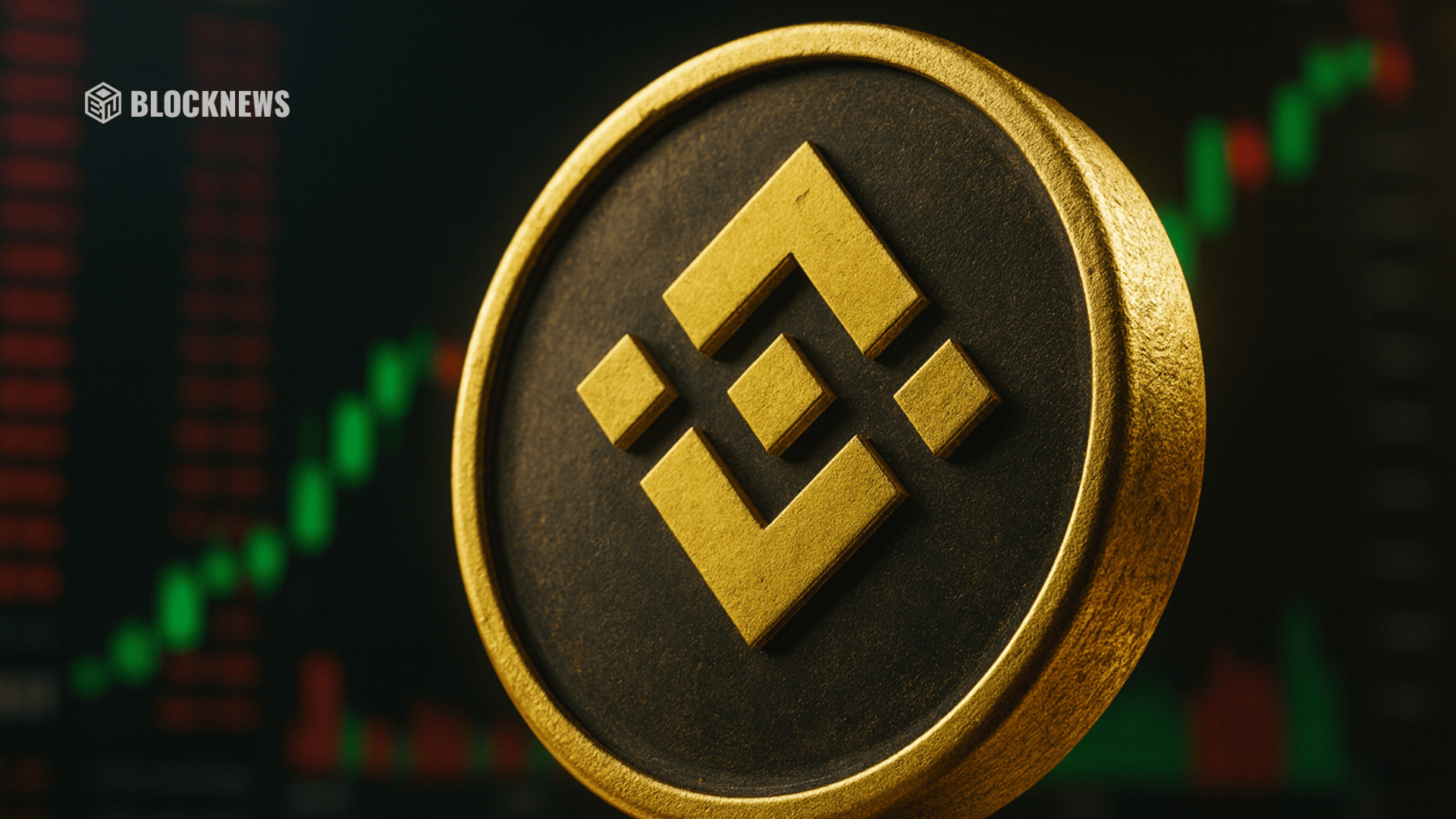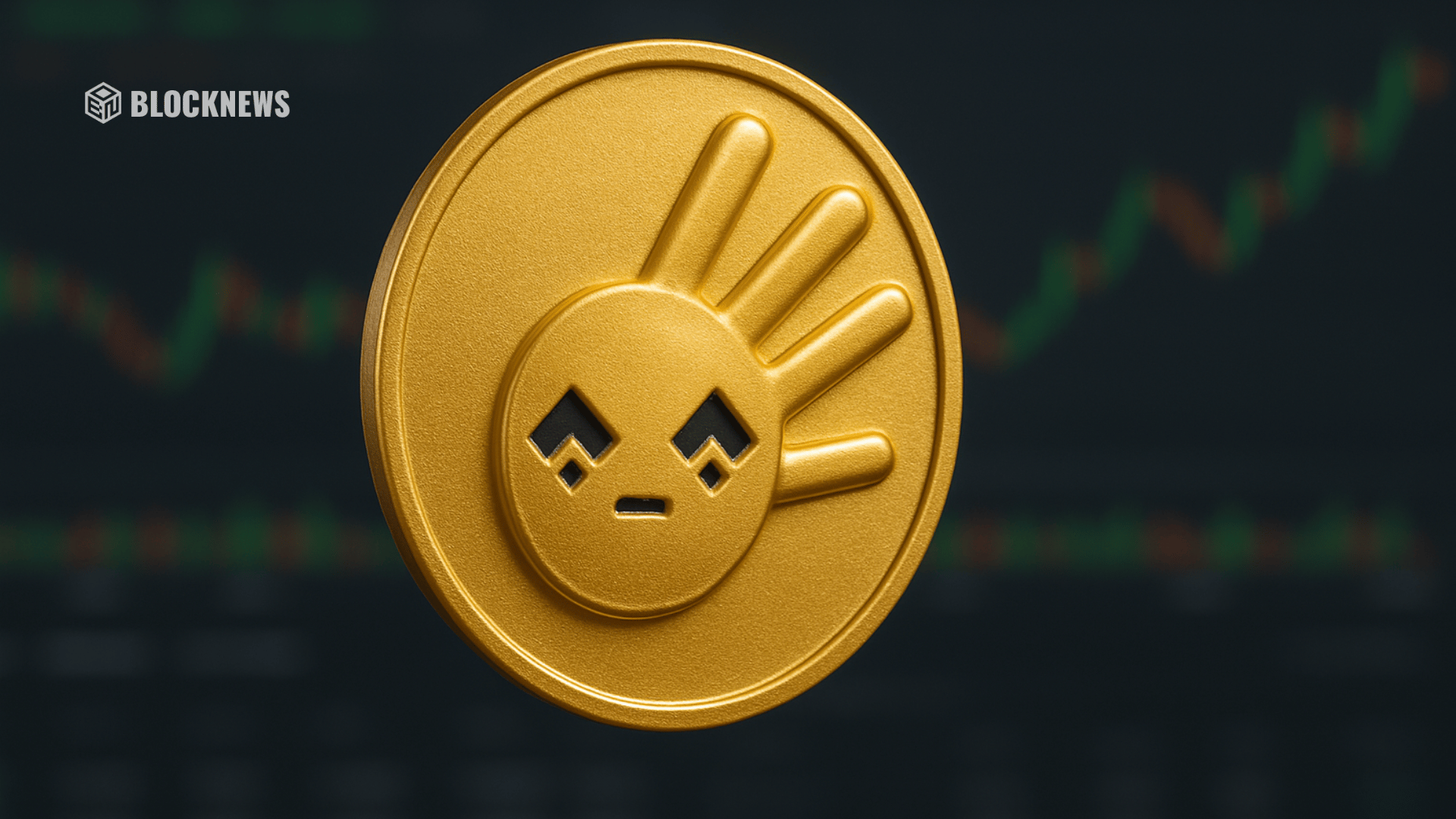What is SEI? Everything You Need to Know Before You Buy in 2025

- Sei is a Cosmos-based Layer-1 built for high-speed trading with sub-second finality and parallel EVM execution.
- The $SEI token powers fees, staking, governance, and growing DeFi utility.
- Roadmap focuses on scaling SeiDB, expanding interoperability, and driving ecosystem adoption.
If a chain isn’t fast when markets get chaotic, it’s not ready. Sei leans into that truth. It doesn’t try to be everything for everyone; it tries to be ridiculously quick for the stuff crypto actually does—trading, matching, minting, market-making. Sub-second finality, parallel execution, an engine tuned for throughput instead of vibes. If altseason turns into a throughput war (spoiler: it will), this is the kind of L1 that can actually keep up.
Here’s the clean take: what Sei is, how $SEI works, where the roadmap points (Twin-Turbo + SeiDB + a parallelized EVM), why the bull case keeps getting louder, and how it stacks up when liquidity starts sprinting.
What Sei Is
Sei is a Cosmos-based Layer-1 designed for high-speed trading. The newest iteration, Sei v2, adds a parallelized EVM so Ethereum tooling and contracts can run at scale—no “learn a whole new stack” tax. Under the hood you’ll hear two phrases a lot:
- Twin-Turbo Consensus: latency optimizations targeting ~390–400 ms finality.
- SeiDB: a lean state/storage system for faster syncs and less bloat.
The playbook is simple: parallelize execution, shrink state, and blast blocks through in milliseconds so perps, AMMs, orderbooks, NFT mints… don’t choke when traffic spikes.
Traction isn’t just talk. Recent dashboards showed steady on-chain activity into late summer; daily active addresses climbed while a lot of L1s were drifting. Price chatter is noisy; usage isn’t. Builders are kicking the tires on the parallel EVM—and it’s sticking.
$SEI — what the token actually does
Gas & throughput: Every transfer, mint, or smart-contract call pays fees in $SEI. Trading ecosystems generate more tx per user than almost anything else, so if Sei becomes the trading hub it wants to be, fee demand scales naturally with volume.
Security & staking: Delegated proof-of-stake. Validators bond $SEI; delegators stake to them and share rewards. Slashing (for downtime/double-signing) keeps skin in the game. You can run a validator or just delegate—either way, broader staking = stronger security guarantees.
Governance: Staked $SEI = voting power. Token holders help steer block parameters, treasury allocations, module upgrades, integrations. Active governance tightens the feedback loop between users and the protocol (less hand-wavy “community,” more decisions).
Beyond the base layer: As Sei v2’s EVM fills out, devs are wiring $SEI into DeFi: liquidity incentives, collateral, programmatic rewards—potentially even stablecoin tie-ins down the road. That turns $SEI from “gas + staking only” into a multi-purpose currency for a high-performance ecosystem.
Goals
- Be the fastest, most reliable L1 for trading & market apps. DEXs, perps, on-chain order books—Sei was designed for the heat that melts general-purpose chains.
- Make dev + user experience… not awful. Sei v2’s fully parallelized EVM means Solidity devs can port contracts without re-learning crypto, while users get faster confirmations + predictable fees.
- Interoperate, don’t isolate. Built with the Cosmos SDK and IBC, Sei can move assets/liquidity across zones. With EVM support, that bridge now extends to Ethereum/EVM chains. The long view: be the settlement layer for high-frequency apps across ecosystems.
- Grow the pie. Grants, liquidity programs, and strategic partnerships to seed DeFi, NFTs, and gaming. The thesis: nail the infra, then let applications pull demand for $SEI.
Roadmap
- Sei v2 (parallel EVM): Cornerstone milestone. Bring ETH devs over with ~zero friction, then run their apps at trading-grade speeds. 2025 focus: refine throughput, latency, and compatibility so big dApps don’t think twice.
- SeiDB (state/storage): Rework how data is stored + synced so nodes don’t drown as history grows. Iterative upgrades keep validators nimble while usage ramps.
- Interoperability push: Cosmos/IBC today, deeper EVM ties tomorrow. Expect more bridges, more liquidity routes, more “deploy once, trade everywhere.”
- Ecosystem lift: Grants, SDK polish, integrations with established DeFi protocols. Infra alone doesn’t win—apps do. (Yes, boring tooling releases move the needle.)
Why the Bull Case Has Bite
Performance where it counts. Sub-second finality + parallel execution is precisely what you want when perps, AMMs, and orderbooks light up. If the next leg brings another wave of high-frequency DeFi, few L1s are architected for that stress. Sei is.
Developer on-ramp, not a wall. A fully parallelized EVM meets builders where they are. Port code, keep your stack, get higher throughput & lower fees. That reduces migration friction—huge in a cycle where speed to market matters.
Token mechanics that tighten in risk-on. Exchange balances trending lower + staking participation rising = thinner liquid float. Add governance rewards and DeFi utility, and you get multiple demand sinks. In altseason, that structure can go from “nice” to “rocket fuel” fast.
Narrative clarity. Other L1s fight for general-purpose mindshare. Sei brands itself as the trading chain. In bull markets, simple stories spread farther than whitepapers.
Quick Compare
- Ethereum: institutional backbone + rollups. Deepest liquidity and tooling; UX depends on L2s; not tuned for raw HFT on L1.
- Solana: culture & retail speed demon. Blazing throughput, great UX, occasional hiccups, massive momentum.
- Sei: specialization. Parallel EVM + Cosmos IBC, sub-second finality, storage built for sustained orderflow. Less “be everything,” more “win trading.”
Different lanes. Pick your race.
Risks
- Sustained depth: Seeding a few pairs is easy; maintaining deep, fair books across dozens is hard. Market makers and oracles have to be first-class citizens.
- Incentive cliff: Liquidity programs drive KPIs; real retention needs product-market-fit.
- Interop complexity: Bridges/IBC are powerful—and add moving parts. Secure routing is a must, not a wishlist item.
- Shipping cadence: Parallel EVM ambitions are big. Momentum stalls if releases slip or tooling lags dev expectations.
The Takeaway
Sei isn’t chasing a vague “supercomputer chain” dream. It’s carving a very specific lane: trading-first, parallel-by-design, EVM-friendly, IBC-connected. The $SEI token sits in the middle—fees, staking, governance, plus growing DeFi roles—so if usage rises, demand has multiple paths to bite.
If altseason turns the throughput dial to max, chains built for heat will separate from chains built for headlines. Sei looks built for heat. The setup’s there. The question, as always, is timing—do you wait for the spotlight, or rotate before everyone else does?
The post What is SEI? Everything You Need to Know Before You Buy in 2025 first appeared on BlockNews.
Читать больше

BNB Memecoin Frenzy Mints Millionaires as Chain Nearly Matches Ethereum – Here is How CZ’s Influence Fuels the Boom
What is SEI? Everything You Need to Know Before You Buy in 2025

- Sei is a Cosmos-based Layer-1 built for high-speed trading with sub-second finality and parallel EVM execution.
- The $SEI token powers fees, staking, governance, and growing DeFi utility.
- Roadmap focuses on scaling SeiDB, expanding interoperability, and driving ecosystem adoption.
If a chain isn’t fast when markets get chaotic, it’s not ready. Sei leans into that truth. It doesn’t try to be everything for everyone; it tries to be ridiculously quick for the stuff crypto actually does—trading, matching, minting, market-making. Sub-second finality, parallel execution, an engine tuned for throughput instead of vibes. If altseason turns into a throughput war (spoiler: it will), this is the kind of L1 that can actually keep up.
Here’s the clean take: what Sei is, how $SEI works, where the roadmap points (Twin-Turbo + SeiDB + a parallelized EVM), why the bull case keeps getting louder, and how it stacks up when liquidity starts sprinting.
What Sei Is
Sei is a Cosmos-based Layer-1 designed for high-speed trading. The newest iteration, Sei v2, adds a parallelized EVM so Ethereum tooling and contracts can run at scale—no “learn a whole new stack” tax. Under the hood you’ll hear two phrases a lot:
- Twin-Turbo Consensus: latency optimizations targeting ~390–400 ms finality.
- SeiDB: a lean state/storage system for faster syncs and less bloat.
The playbook is simple: parallelize execution, shrink state, and blast blocks through in milliseconds so perps, AMMs, orderbooks, NFT mints… don’t choke when traffic spikes.
Traction isn’t just talk. Recent dashboards showed steady on-chain activity into late summer; daily active addresses climbed while a lot of L1s were drifting. Price chatter is noisy; usage isn’t. Builders are kicking the tires on the parallel EVM—and it’s sticking.
$SEI — what the token actually does
Gas & throughput: Every transfer, mint, or smart-contract call pays fees in $SEI. Trading ecosystems generate more tx per user than almost anything else, so if Sei becomes the trading hub it wants to be, fee demand scales naturally with volume.
Security & staking: Delegated proof-of-stake. Validators bond $SEI; delegators stake to them and share rewards. Slashing (for downtime/double-signing) keeps skin in the game. You can run a validator or just delegate—either way, broader staking = stronger security guarantees.
Governance: Staked $SEI = voting power. Token holders help steer block parameters, treasury allocations, module upgrades, integrations. Active governance tightens the feedback loop between users and the protocol (less hand-wavy “community,” more decisions).
Beyond the base layer: As Sei v2’s EVM fills out, devs are wiring $SEI into DeFi: liquidity incentives, collateral, programmatic rewards—potentially even stablecoin tie-ins down the road. That turns $SEI from “gas + staking only” into a multi-purpose currency for a high-performance ecosystem.
Goals
- Be the fastest, most reliable L1 for trading & market apps. DEXs, perps, on-chain order books—Sei was designed for the heat that melts general-purpose chains.
- Make dev + user experience… not awful. Sei v2’s fully parallelized EVM means Solidity devs can port contracts without re-learning crypto, while users get faster confirmations + predictable fees.
- Interoperate, don’t isolate. Built with the Cosmos SDK and IBC, Sei can move assets/liquidity across zones. With EVM support, that bridge now extends to Ethereum/EVM chains. The long view: be the settlement layer for high-frequency apps across ecosystems.
- Grow the pie. Grants, liquidity programs, and strategic partnerships to seed DeFi, NFTs, and gaming. The thesis: nail the infra, then let applications pull demand for $SEI.
Roadmap
- Sei v2 (parallel EVM): Cornerstone milestone. Bring ETH devs over with ~zero friction, then run their apps at trading-grade speeds. 2025 focus: refine throughput, latency, and compatibility so big dApps don’t think twice.
- SeiDB (state/storage): Rework how data is stored + synced so nodes don’t drown as history grows. Iterative upgrades keep validators nimble while usage ramps.
- Interoperability push: Cosmos/IBC today, deeper EVM ties tomorrow. Expect more bridges, more liquidity routes, more “deploy once, trade everywhere.”
- Ecosystem lift: Grants, SDK polish, integrations with established DeFi protocols. Infra alone doesn’t win—apps do. (Yes, boring tooling releases move the needle.)
Why the Bull Case Has Bite
Performance where it counts. Sub-second finality + parallel execution is precisely what you want when perps, AMMs, and orderbooks light up. If the next leg brings another wave of high-frequency DeFi, few L1s are architected for that stress. Sei is.
Developer on-ramp, not a wall. A fully parallelized EVM meets builders where they are. Port code, keep your stack, get higher throughput & lower fees. That reduces migration friction—huge in a cycle where speed to market matters.
Token mechanics that tighten in risk-on. Exchange balances trending lower + staking participation rising = thinner liquid float. Add governance rewards and DeFi utility, and you get multiple demand sinks. In altseason, that structure can go from “nice” to “rocket fuel” fast.
Narrative clarity. Other L1s fight for general-purpose mindshare. Sei brands itself as the trading chain. In bull markets, simple stories spread farther than whitepapers.
Quick Compare
- Ethereum: institutional backbone + rollups. Deepest liquidity and tooling; UX depends on L2s; not tuned for raw HFT on L1.
- Solana: culture & retail speed demon. Blazing throughput, great UX, occasional hiccups, massive momentum.
- Sei: specialization. Parallel EVM + Cosmos IBC, sub-second finality, storage built for sustained orderflow. Less “be everything,” more “win trading.”
Different lanes. Pick your race.
Risks
- Sustained depth: Seeding a few pairs is easy; maintaining deep, fair books across dozens is hard. Market makers and oracles have to be first-class citizens.
- Incentive cliff: Liquidity programs drive KPIs; real retention needs product-market-fit.
- Interop complexity: Bridges/IBC are powerful—and add moving parts. Secure routing is a must, not a wishlist item.
- Shipping cadence: Parallel EVM ambitions are big. Momentum stalls if releases slip or tooling lags dev expectations.
The Takeaway
Sei isn’t chasing a vague “supercomputer chain” dream. It’s carving a very specific lane: trading-first, parallel-by-design, EVM-friendly, IBC-connected. The $SEI token sits in the middle—fees, staking, governance, plus growing DeFi roles—so if usage rises, demand has multiple paths to bite.
If altseason turns the throughput dial to max, chains built for heat will separate from chains built for headlines. Sei looks built for heat. The setup’s there. The question, as always, is timing—do you wait for the spotlight, or rotate before everyone else does?
The post What is SEI? Everything You Need to Know Before You Buy in 2025 first appeared on BlockNews.
Читать больше

 FULL VIDEO HERE:
FULL VIDEO HERE: 